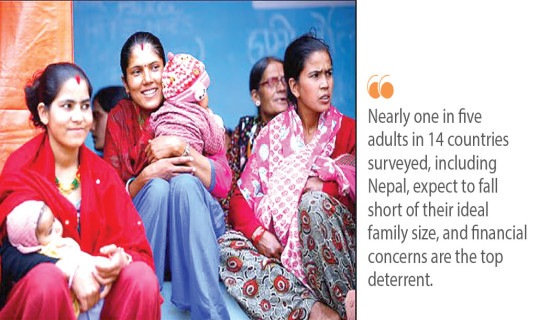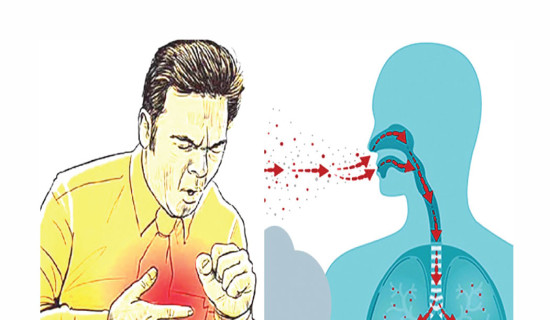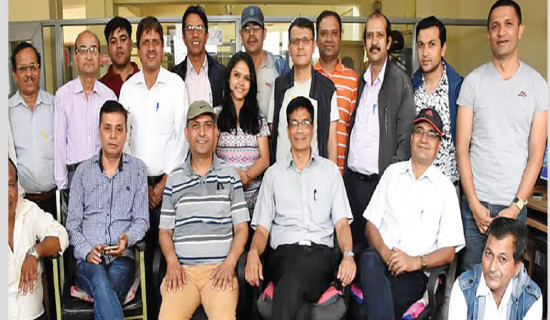- Tuesday, 30 December 2025
Dengue rapidly spreading in Valley
Kathmandu, Aug. 25: Dengue, a mosquito-borne viral disease, have been spreading rapidly in the Kathmandu Valley as of late.
In the past, the disease was confined to the Terai and inner Terai plains, but now it is spreading in the hilly and mountain districts. More than 1,900 cases of dengue have been reported within seven months of this year, according to Epidemiology and Disease Control Division (EDCD) under the Ministry of Health and Population (MoHP). Among them, most of the cases were detected in the Kathmandu Valley.
According to Dr. Shashi Kandel of NTD and Vector Borne Disease Control Section of EDCD, 529 cases of dengue were detected in Lalitpur district of the valley. The district has the highest number of dengue cases this year.
Similarly, 219 cases have been detected in Kathmandu and 35 in Bhaktapur district. Among the most dengue-affected ten districts, 307 were detected in Rupandehi, 60 in Terhathum, 57 in Sindhuli, 70 in Dhading, 47 in Sankhuwasabha, 42 in Arghakhanchi, 38 in Palpa and 36 in Gulmi.
According to Dr. Kandel, dengue cases were reported from 69 districts from all the seven provinces this year so far. Among the total 1,923 reported cases, most were admitted to the hospitals.
“Dengue disease is caused by the bite of Aedes aegypti mosquitoes that breed in clean water,” said Dr. Anup Bastola, expert of infectious disease.
According to Dr. Bastola, the risk of dengue infection is higher in this time of the year because of increased heat and rain from July to October. If 10,000 people are infected with dengue at the community level, 1,000 people will develop symptoms. Out of which, 500 would be infected with viral fever and another 500 show symptoms of dengue fever.
Dr. Sanjay Kumar Thakur, spokesperson for the MoHP, suggested timely testing as dengue should be identified in time by its symptoms which include acute fever, pain in eyeballs, frontal headache, vomiting, joint pain, and macular skin rash. However, some patients may develop life-threatening conditions such as acute dengue hemorrhagic fever, dengue shock syndrome, and multi-organ failure.
Dengue-carrying mosquitoes lay their eggs in stagnant water. Therefore, water should not be kept outdoors in any containers for a long time. Preventing dengue means avoiding mosquito bites, said Dr. Thakur.
A campaign to destroy mosquito larvae should be carried out to prevent the possible outbreak of dengue.
Doctors suggest using insect repellent, wearing full-sleeve clothes, using mosquito net, emptying possible mosquito breeding items that hold water, such as tires, buckets, planters, pools, toys, flowerpots or trash containers.
Mosquitoes that cause dengue breed in clean water and infect people in daylight. Due to an acute drinking water crisis, people in the capital valley store water in jars and pots, which create favourable environment for breeding these mosquitoes.

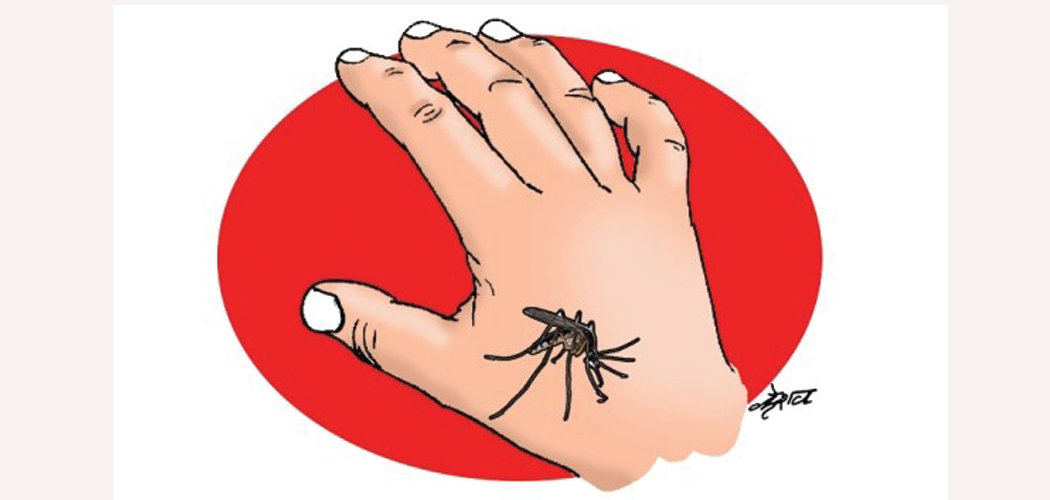

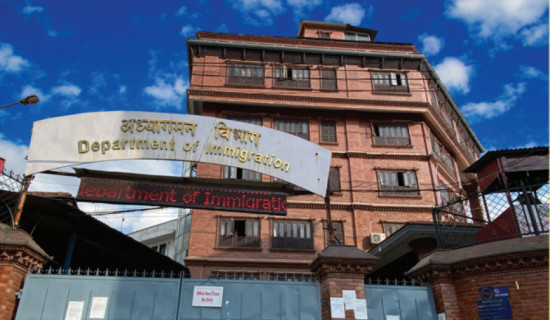
-square-thumb.jpg)

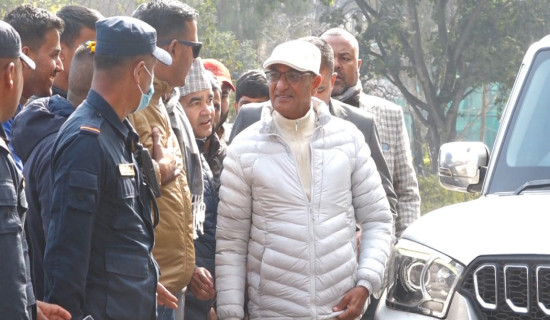

-square-thumb.jpg)

